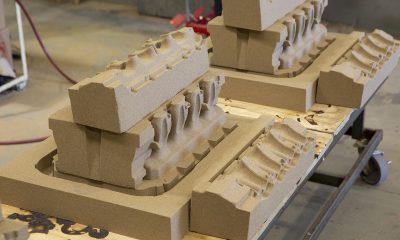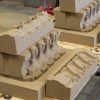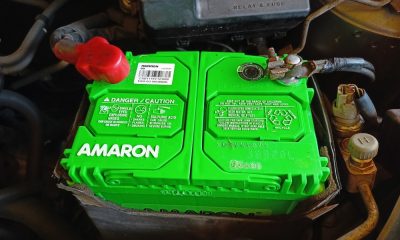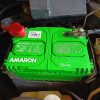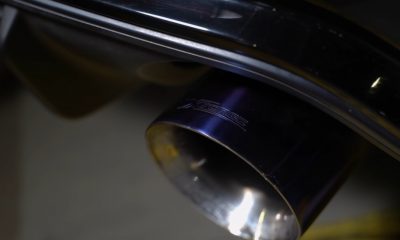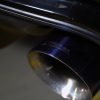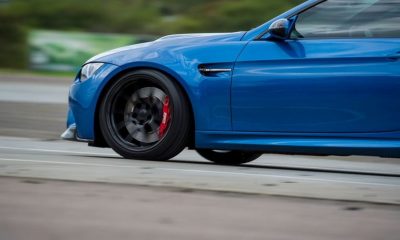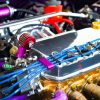Automotive
How do Car Turbochargers Work
Car performance is an important aspect to many automobile owners, especially the passionate gearheads who can’t wait to get the latest tech to install in their car. But upgrading your car is no longer something only gearheads do, as with more and more information available, everyone wants to move on to the next level when it comes to performance. Turbochargers are one of the best upgrades you can give to your car, similarly with upgrading your exhausts, but a bit more pronounced. Turbochargers often feel like they’re this mysterious piece of technology that boosts your car’s performance and few people understand what they are. That doesn’t have to be the case at all.
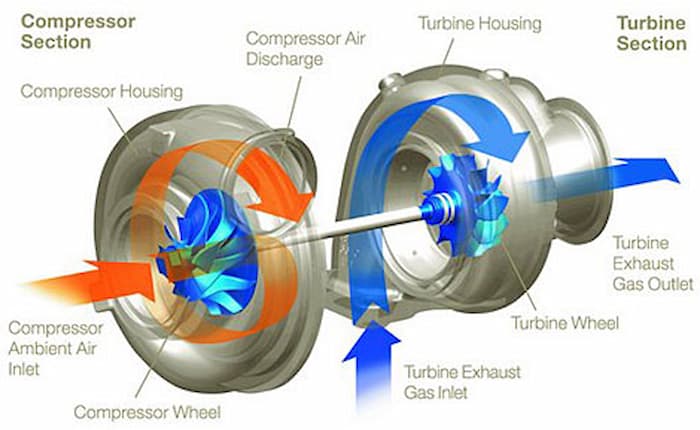
What Exactly is a Turbocharger?
Simply put, a turbocharger is a system that allows the engine to produce more power in your vehicle via forced induction. That means the turbocharger sucks in air, cools it, and then feeds more air to the engine than it would normally get, with the end result being increased power. It’s as simple as that, and car turbochargers can make a great difference if you’re looking to significantly increase your car’s power output.
The car engine turbo is a small turbine located between the exhaust and the engine, and it uses the car’s exhaust gases to spin so that more air can be fed to the engine in order to increase its power. It does this in a combination with other parts, such as the intercooler, which is a secondary radiator that intercepts the air before it reaches the engine in order to chill it. The turbocharger is a masterful piece of engineering that you’ll be surprised by how effective it is.
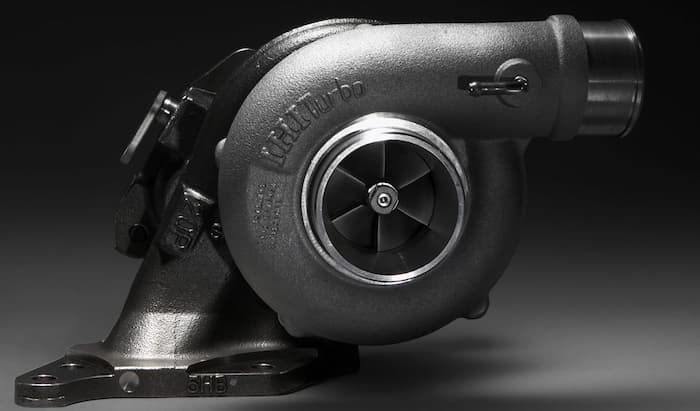
Types of Turbochargers
There are multiple types of car turbochargers, as one would expect. They work with the same concept, but they have slightly different setups.
Single Turbocharger
This is the most common type of car turbocharger, and it features a single turbine. It’s typically used in everyday cars that don’t need a lot of torque and horsepower, and it’s definitely one of the most popular tuner upgrades.
Twin Turbocharged
This type features a second turbine, which significantly increases the air that is forced into the engine, meaning it allows it to gain even more power and torque. This setup is quite similar to the regular single turbocharger, unless you go for a stepped twin-turbocharger system. In that case, you have a large and a small turbo with the intention of reducing turbo lag.
Compound Charged
A compound charged system is more of a hybrid, as the turbocharger is used in combination with a supercharger. You gain the supercharger’s effect of immediate and instant torque, while the turbocharger continually extends the high-end horsepower.
Advantages and Disadvantages of Turbochargers
As with any piece of technology, car turbos come with their own set of advantages and disadvantages. One of the main advantages is that a turbocharger will always increase an engine’s performance by adding more power and torque. Also, due to the fact that turbochargers can greatly increase power, manufacturers can downsize engine placement, which in turn, leads to significantly improved efficiency and much better emissions. A turbo doesn’t directly draw power from the engine, so there will be no engine drag at all.
However, there are also some disadvantages that car owners should be aware of, namely due to smaller engine size. They use less fuel, but when they’re turbocharged, they get increased pressure, which can cause higher engine temperatures and knock, which can lead to engine damage. Thankfully, this is rare, but it can technically happen. On top of that, they’re expensive to repair, as they’re quite complex, and they have the main issue of turbo lag.
Turbo Lag
Without a doubt, one of the biggest issues that turbochargers have is turbo lag, which is why it deserves its own separate section. The main premise with turbochargers is that they need the exhaust gases to spool the turbine, as well as the compressor. All in all, this takes a significant amount of time, at least for the car, and the end result is your vehicle getting a noticeable boost.
Turbo lag happens when you hit the throttle and feel a pause before you notice the power surge. This can sometimes feel like you’re losing control over your vehicle. That’s why more and more manufacturers are experimenting with a new type of supercharger, the e-turbocharger. This type uses a small electric motor between the turbine and the compressor, and it spins the compressor significantly before the exhaust gases can. The effect is that there is no delay after hitting the throttle and receiving the boost. This is a new piece of technology, but it’s seeing widespread adoption rates lately.
Differences to Superchargers
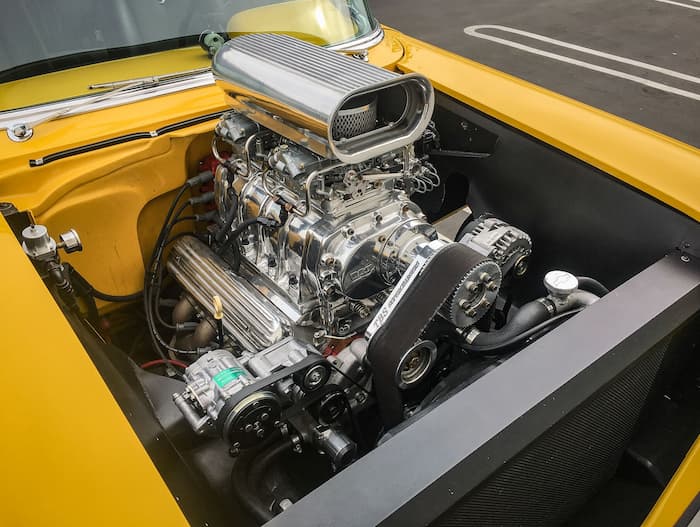
While superchargers might have a similar end result, the concept of execution is significantly different. Turbochargers use exhaust gases to propel the turbine that feeds air into your engine. On the other hand, superchargers use the belt system of the motor to drive the air into the engine via a crankshaft or electric motor. That means there is no delay in getting the boost to performance because the whole system is tied to the engine’s belt, which is constantly running. While you do feel an instant increase in power, it does come at a cost. Unlike turbochargers, superchargers aren’t nearly as fuel-efficient. Supercharged engines tend to consume a lot more fuel due to the supercharger using the engine’s own power to spin itself. That is one of many reasons why turbochargers are today’s preferred method of giving your engine a boost.
Increasing your car’s performance can be a big deal, especially if you have even the tiniest interest in cars. Luckily, information is readily available on each type of technology, so all you’d have to do is decide in the end. If you’re looking for a more efficient and overall cost-effective boost to your car, you absolutely cannot go wrong with a turbo.
Writing for the blog since 2012, Chris simply loves the idea of providing people with useful info on business, technology, vehicles, industry, sports and travel – all subjects of his interest. Even though he sounds like quite the butch, he’d watch a chick flick occasionally if it makes the wife happy, and he’s a fan of skincare routines though you’d never have him admit that unless you compliment his impeccable skin complexion.

